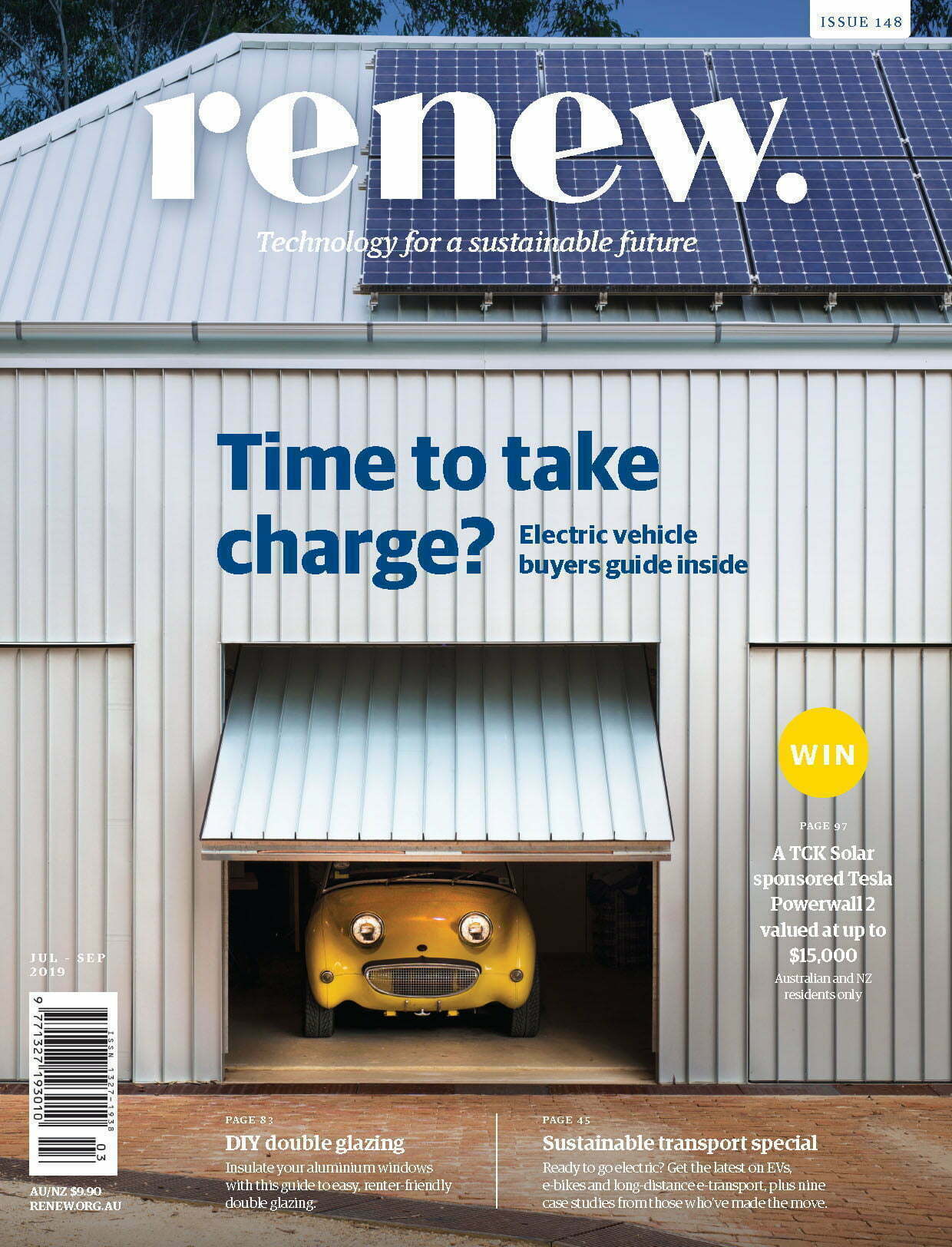Jumping on the (electric) bandwagon
A Nissan Leaf in the country
One of Malcolm and Janine McKelvie’s two family cars is an all-electric Leaf, which is perfect for most of their day-to-day trips around their home in West Gippsland, Vic.
Every time we filled up our petrol cars, it made me feel uncomfortable to be using fossil fuel, so my wife Janine and I discussed the pros and cons of electric cars and the models available, and in 2014 we decided to buy one.
We looked at the Nissan Leaf and the Mitsubishi Outlander and i-MiEV. The Outlander looked huge with only up to 50 km full electric range and the i-MiEV was very small; the Leaf was a good compromise. We knew we wouldn’t be able to drive to Melbourne, but it would be adequate for all our day-to-day trips in the local area. The car we bought was a demonstration model from Berwick Nissan; it only took about a week to do all the paperwork and go and pick it up.
Range anxiety is certainly an issue where we live in West Gippsland in Victoria. The stated range of the Leaf is 160 km but the real-world range for us, doing a lot of highway driving, is closer to 100 km or 110 km. I’m more tolerant of it than Janine and quite enjoy playing the game of driving carefully to make sure I get home.
We have a petrol car to do the longer trips, but most of our trips would be within 20 km of home and the Leaf is fine. We both work locally and, when we bought the Leaf, the kids were at school about 15 km away. We do have to resort to the other car if we’ve had repeated trips and there hasn’t been enough time to charge in between. Generally whoever is driving further that day takes the Leaf and the other takes the ICE car to try to minimise our fuel use.
The speed you drive has a huge impact on range. One night we went to the movies in Morwell about 37 km away, but we left a bit late and the car wasn’t fully charged when we started. We drove at speed to get there on time and had used well more than half the charge to get there, so driving home was at about 60 km/h with no heater—but we made it with a few kilometres still left.
We have a 4.9 kW solar PV system and we’ve recently added a secondhand lead-acid battery pack (courtesy of the Hazelwood power station closure) and an additional 2.7 kW PV system feeding the batteries. Most of our home is now off-grid, but the oven and induction cooktop, the shed and the car charging point (a 15 amp power point in the carport) remain on the grid-connected system. We try to charge the car during the day to directly use the solar PV, but often we need to charge overnight to be ready the next day.
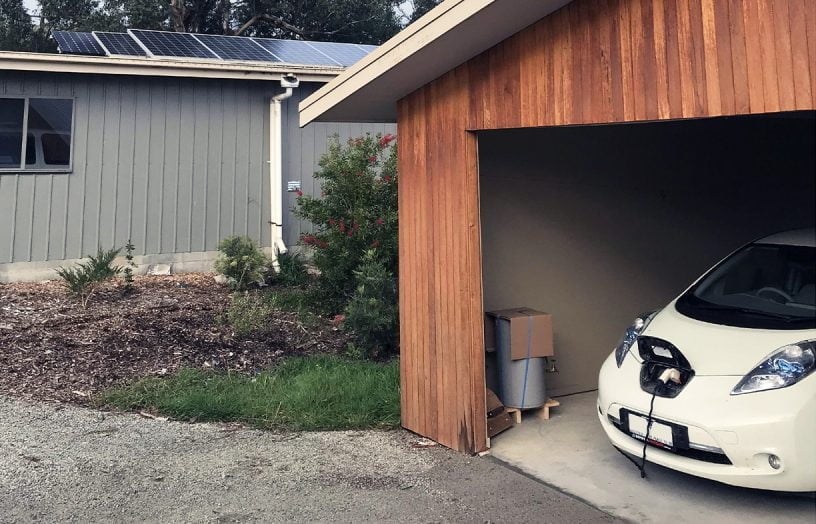
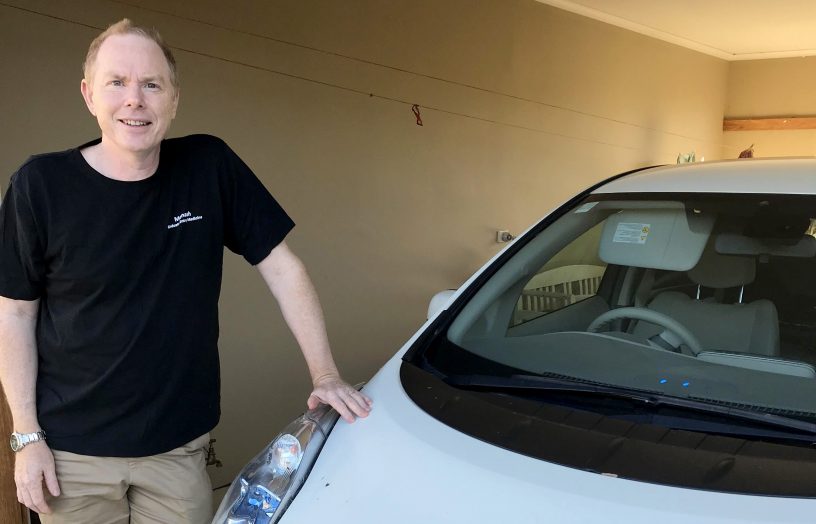
Many people seem concerned with the length of time an EV takes to charge, but that has not been an issue other than the rare occasion when we charge away from home. We just plug it in and it charges over a few hours. I’m not even really sure how long it takes, maybe six to seven hours from flat.
The overall experience is excellent. The Leaf has the most impressive acceleration of any car I’ve driven, but it is otherwise just like driving any other automatic car, just quieter. Maintenance is very little and obviously the fuel cost is a lot less compared to an ICE vehicle. We get 0.17 to 0.18 kWh/km in ‘fuel efficiency’ and it’s a 24 kWh battery. A rough calculation for the ‘fuel’ cost for the 70,000 km we have driven so far would be 12,600 kWh; at, say, 20 c/kWh, that comes to $2520 worth of electricity (in reality it would be less given our solar input). Our old Prius had a fuel consumption of 5 L/100 km so an equivalent fuel cost for 70,000 km would be around $5250, with no opportunity to make our own fuel.
I’m incredulous that the uptake of the Leaf in the city was so poor. It’s a great car that would probably need charging once a week for the distances most people drive, and it’s so cheap and clean to run. Upfront cost is certainly higher than an equivalent ICE car, but there are a lot of very expensive cars driving in Melbourne.
We have no firm plans yet for our next step. We are considering our options for a longer range EV so we could go on longer trips without range anxiety—perhaps the Hyundai Kona or maybe we will wait for the Tesla Model 3 and the others that are coming.
Opting for a new generation Ioniq
Jasper Lee was looking at a plug-in hybrid EV, but after considering his range needs, decided the fully electric version would suit his family’s requirements.
We bought the 2018 Hyundai Ioniq fully electric Elite from Maughan Thiem Hyundai in South Australia in December 2018. It was just shy of $50,000 on-road. The car arrived in late February of this year.
We’d driven hybrids like the Toyota Prius, and we were keen to purchase something that had an even lower carbon intensity and also to reduce our fuel and servicing costs. Petrol in South Australia is frequently around $1.50/L, more expensive than in other states. As the Prius Prime (the plug-in hybrid PHEV version) is not available in Australia, I looked further afield. I considered the Tesla Model 3, but at the time the uncertainty of the release date in Australia ruled it out.
Most EVs on the market are either prohibitively expensive at around the $100,000 mark (think Tesla Model S and X), or have limitations in terms of range, size or utility as a family vehicle (Nissan Leaf, BMW i3). I researched the Mitsubishi Outlander PHEV, but decided it was too large a vehicle, although it did have a good 50 km EV-only range that would have been enough for most of our daily commutes.
Hearing that Hyundai were bringing out their own ‘Prius killer’ via the Ioniq range, I tracked down the Adelaide dealer managing the SA government’s fleet trials and arranged a test drive of the hybrid Ioniq in September last year. I found it drove better than the Prius and had more advanced safety and mobile integration features (Apple Carplay/Android Auto).
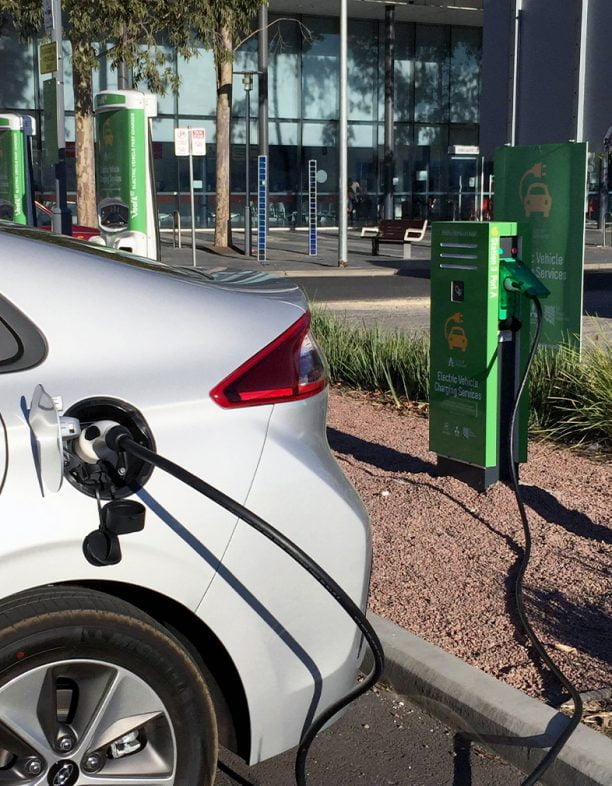
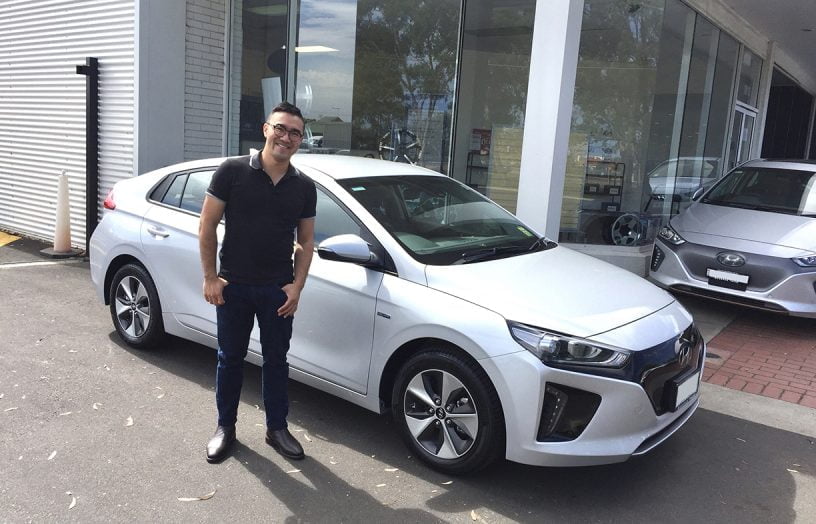
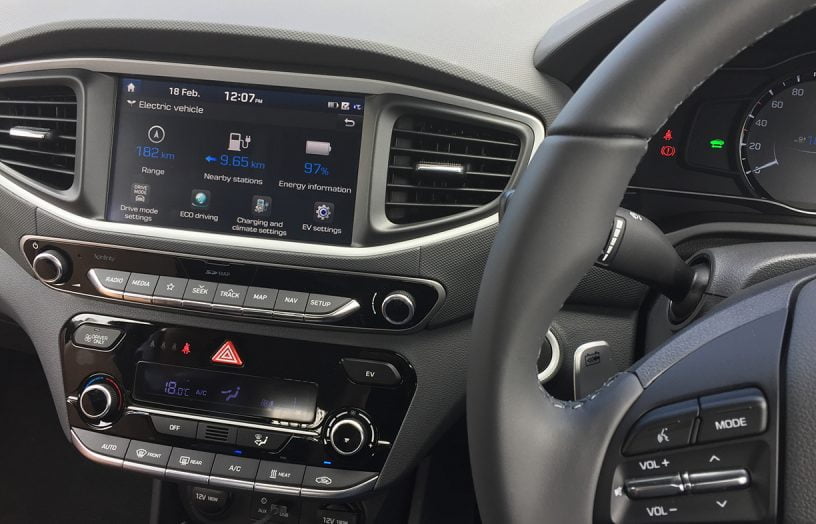
We became curious about the PHEV version, which would allow further autonomy from petrol and the ability to charge the car using excess solar on our days off at home.
I organised a PHEV test drive the week the models appeared on the showroom floor. Unfortunately the dealer didn’t have the PHEV available, so instead we got to test drive the fully electric (BEV—battery EV) model. I had previously discounted the BEV due to its range of 250 km. But then I thought about how many times I’d actually driven that distance in the last four years—the furthest I’d been in SA was to Clare (180 km away)! So, from a range point of view, the BEV Ioniq was completely suitable.
Driving it, I liked the additional torque/ease of acceleration. And it had far fewer moving parts, so was less likely to give me repair and servicing grief in the long term. Luckily, going full electric was still under our $50,000 budget.
The Ioniq is of a similar size to our existing Honda Civic. We use it for short city trips about four times a week, and up to the Adelaide Hills or as far as Victor Harbour (80+ km each way) about once a month. Our range anxiety has decreased by using Plugshare. It’s a map-based listing of all chargepoints tailored to your car, and can provide route guidance based on your current charge level. It’s been helpful to plan for recharges away from home to get battery capacity up by 10% to 20% before starting the return trip.
The Ioniq comes with three drive modes: eco (limited aircon control), normal and sports (additional torque for faster acceleration). It also has three levels of regenerative braking. I found level 3 (max regen) initially very heavy handed, but, after being encouraged by another Ioniq driver to adapt to ‘one-foot driving’, I learned to decelerate by releasing the accelerator a fraction. This engages the regen to recharge the battery and, by doing so, slows the car. When perfected, the only time you use the brake is for emergencies or a final hard stop at traffic lights. Not only does it help extend EV range, it also reduces wear and tear on brake pads
For charging at home, we were provided with a standard power point charger (known as a granny charger), which allows for a maximum 12 A charge, taking around 10 hours to charge the car from empty. As we have a 4 kW solar array and high export during summer, we looked for a charging solution that would allow us to use excess solar that would otherwise be exported.
Zappi is a smart charger that allows for Eco++ mode (full self-consumption mode, with a minimum of 1.2 kW needed to start charging), moderate eco mode (allowing you to specify what percentage is self-consumed), or full charge (7 kW charge, making it a Level 2 charger). We typically have it on Eco++ mode to drip feed the car. It was around $2700 installed from EVolution. So far we’ve averaged about 80% charge with solar during summer, but as winter approaches we expect this to drop. We fully offset our electricity use with 100% GreenPower.
Charging electric cars can be confusing. There are many plug types, charge standards and manufacturer-specific issues that it can be hard to get your head around. Talking with EVolution, we ended up buying two additional charge cables: a Type 2, and a Type 1 to Type 2 converter. The City of Adelaide has partnered with Chargefox to roll out a large number of Type 2 chargers in the Adelaide CBD. They offer the first hour of charging for free, so we often plug in with our BYO Type 2 cable at the Central Markets while we do our weekly fresh food shop. Other older charge points were rolled out with European EVs in mind, and these typically use Type 1 chargers. Our adaptor cable allows us to use these too.
The main charge networks are Chargefox, Chargepoint and NextCharge. All have smartphone apps that allow you to unlock charge points, and the latter two also have RFID cards—occasionally we find the apps don’t synchronise with the charger, so having these charge cards is handy.
One annoyance is getting ‘ICEd’: there’s nothing worse than really needing to charge and finding that a non-EV vehicle (ICE) has parked in the charging spot! Unfortunately there is no state legislation governing fines for this behaviour.
Many people have come up to chat at charge points and to ask about our experience with the car. We’re always happy to have a long chat, since my experience of driving an EV is overwhelmingly positive. We’ve seen a genuine curiosity, but reservations about cost and range seem to be big stumbling blocks for people. We know we’re early adopters, but we see EV purchase decisions being similar to rooftop solar adoption—we expect incentives and production scale will make it increasingly affordable. It’s also great to know that our driving produces no air or noise pollution in our area.
Read more electric vehicle and e-bike stories in Renew 148!
Further reading
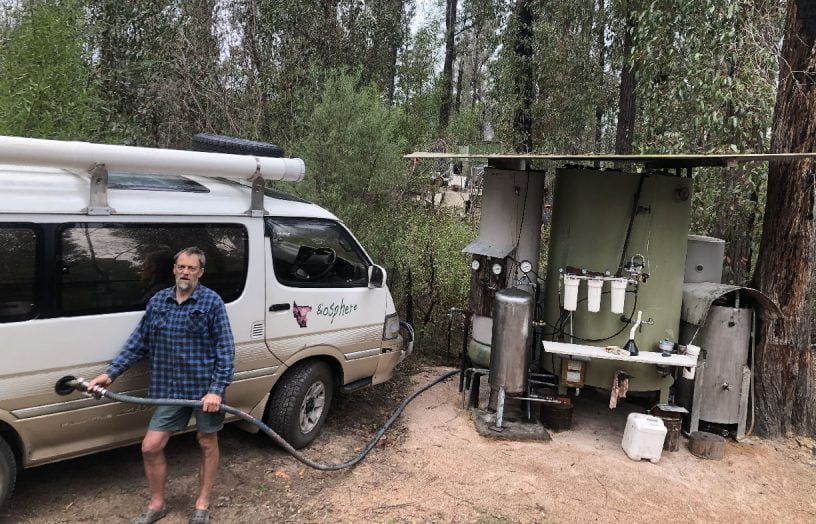 Transport & travel
Transport & travel
Biofuel vs battery
John Hermans gives his opinion on the best power source for electric vehicles.
Read more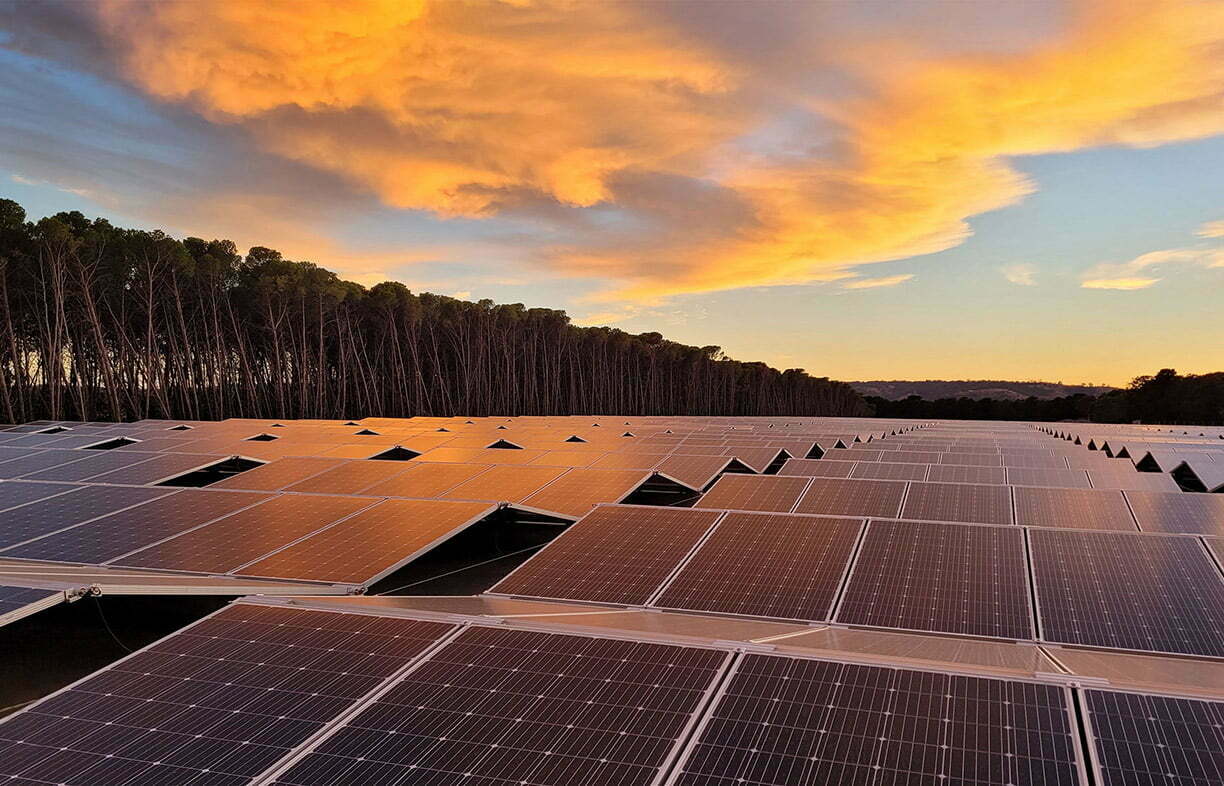 Electric vehicles
Electric vehicles
5B or not 5B
Large scale commercial solar farms can be time consuming to install and commission. Lance Turner looks at a company that has solved those issues.
Read more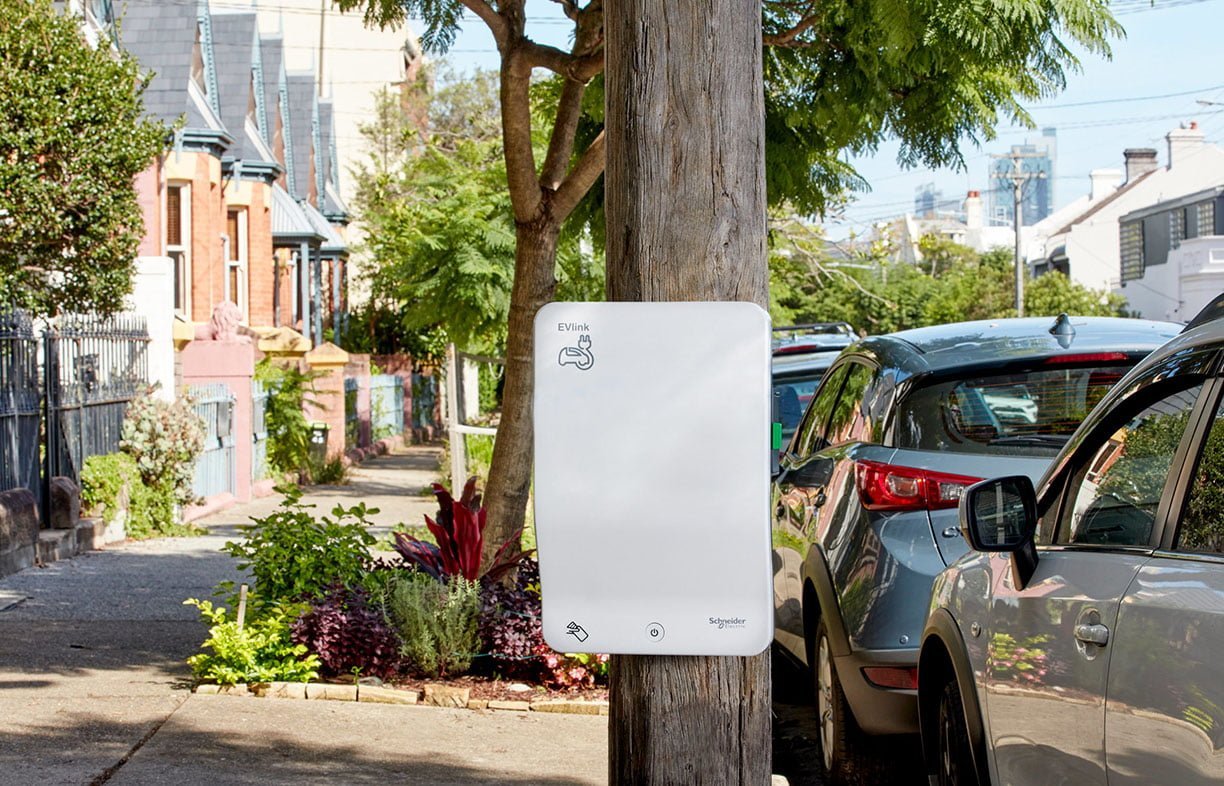 Electric vehicles
Electric vehicles
EV street charging trial
Rechargeable lithium batteries are critical for our modern world, but they do have a somewhat variable safety history. Lance Turner looks at the issues and what to do about them.
Read more

